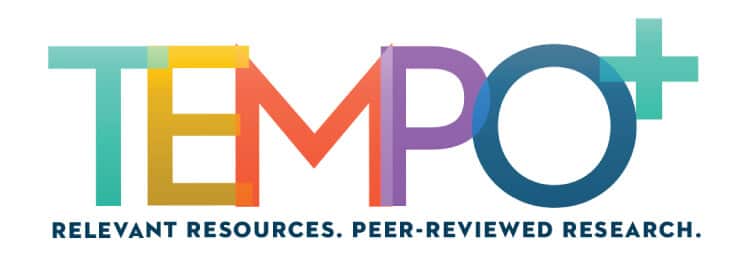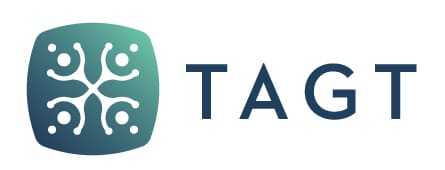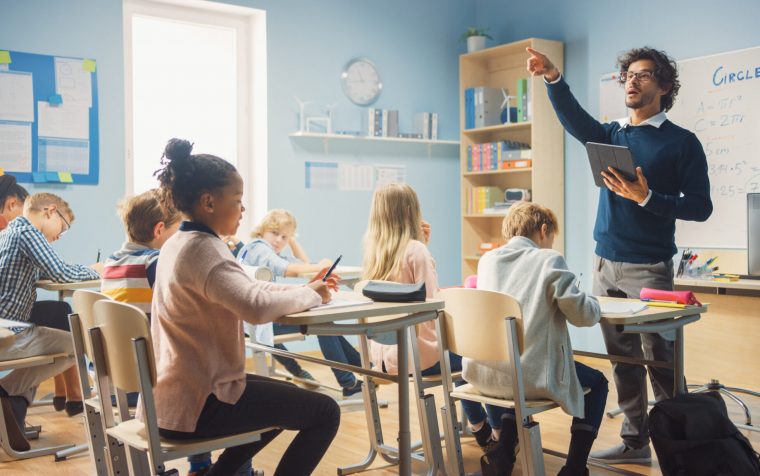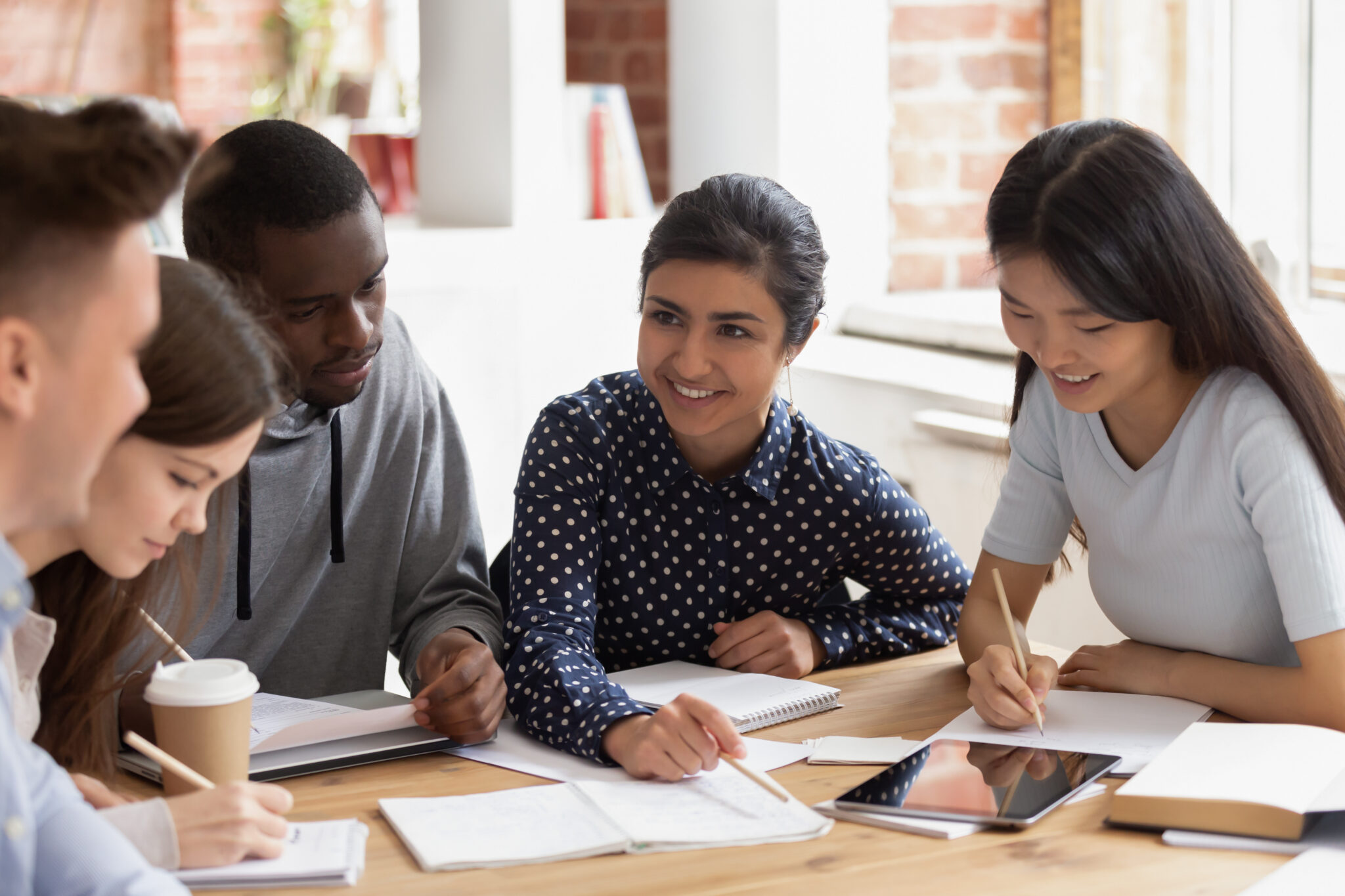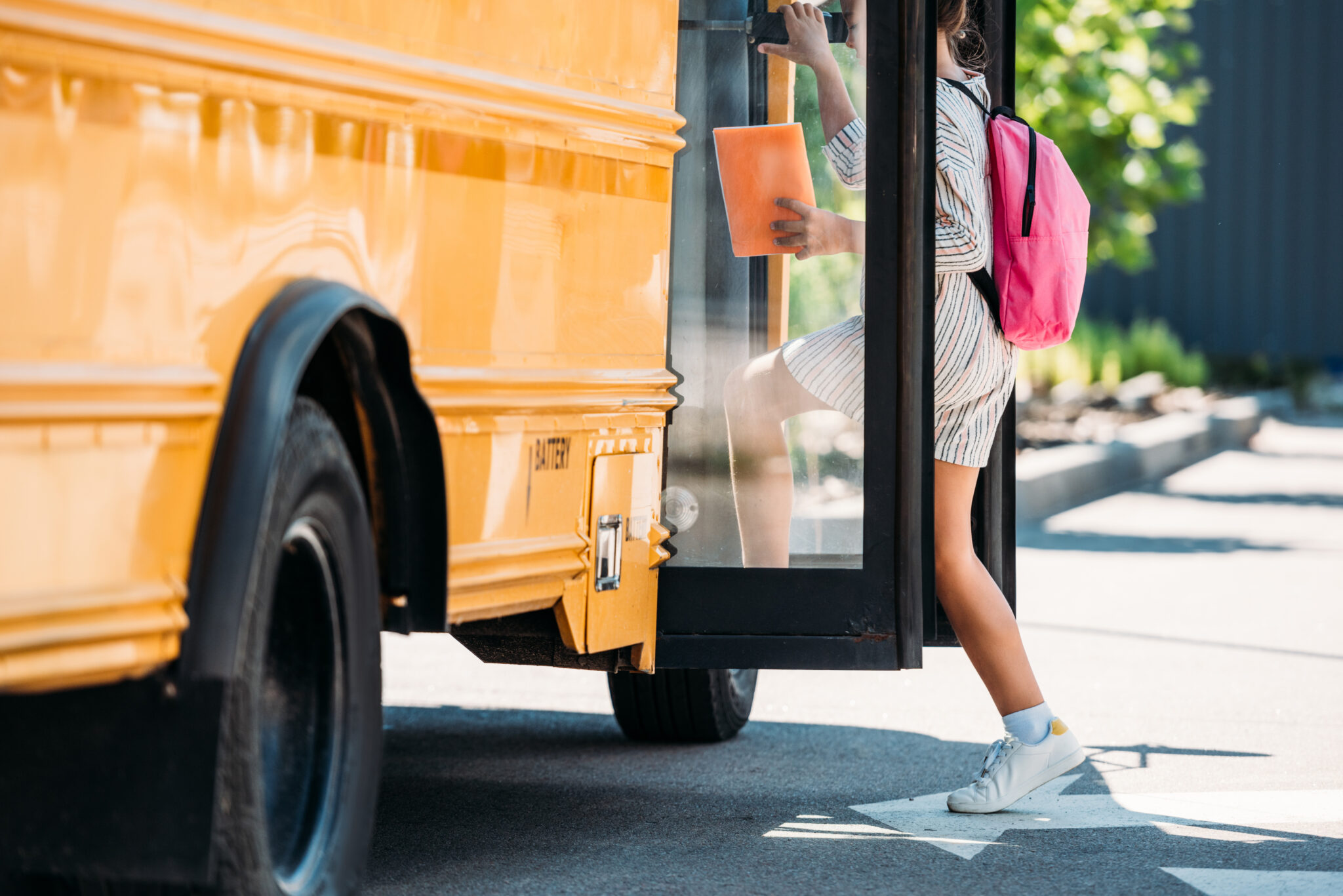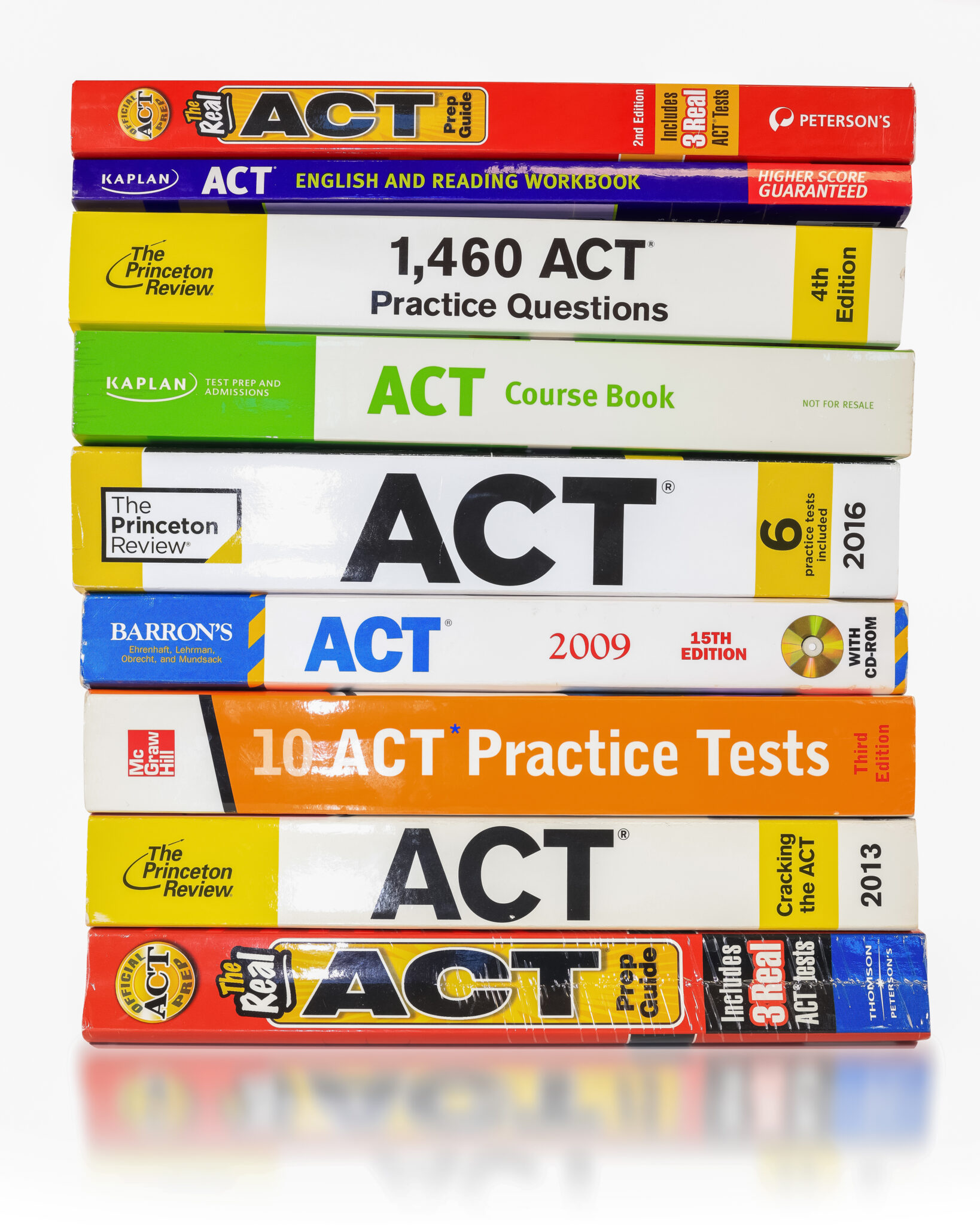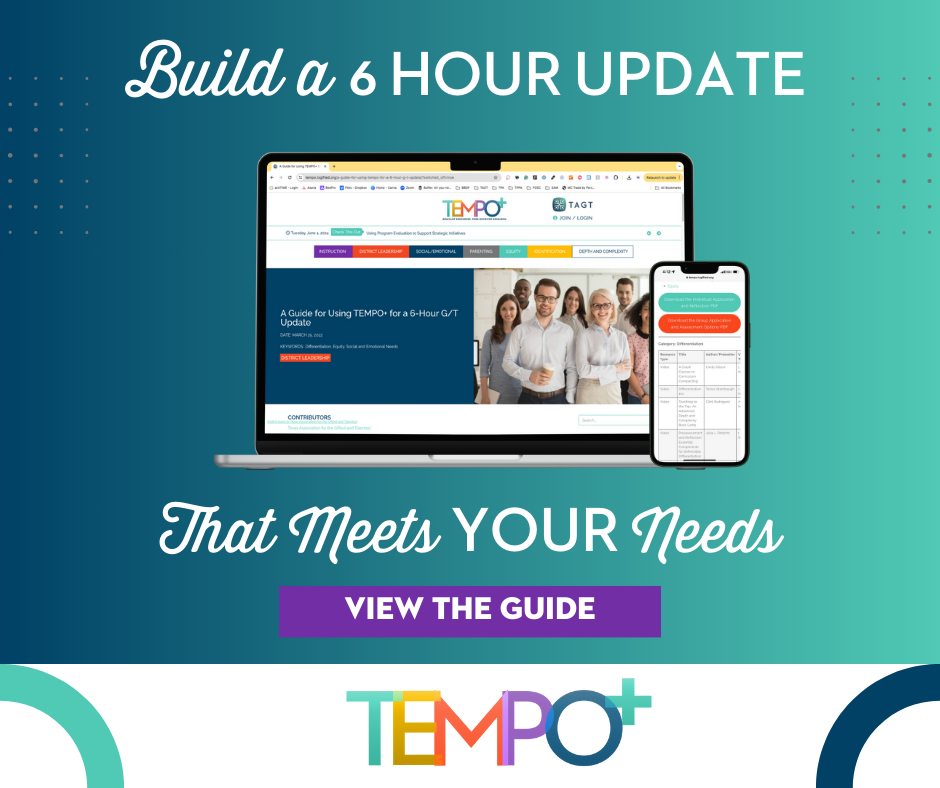What Is Good Teaching?
When thinking about good teaching, I automatically think about my ninth-grade advanced biology teacher whom I was also lucky enough to have as my homeroom teacher. What made her a good teacher? She was always welcoming and interested in what her students had to say. She made sure we understood the content and were successful in her class. She loved science, and that was evident in the way she spoke, the activities that she planned, and the encouragement she provided.
Mills (2003) conducted a study related to characteristics of exceptional gifted teachers. She found that expertise and passion in the subject matter were crucial along with certain personality and cognitive style preferences. Khalil and Accariya (2016) drew similar findings from their data collection involving students, noting that personality and knowledge were important qualities as often supported in the literature. The authors reported that training teachers in the use of advanced teaching methods would be a key aspect to consider in helping gifted teachers develop their craft. While thinking about these qualities, the personality attributes similar to those found in the research studies (flexibility and openness, sensitive, concerned, attentive, understanding, encouraging, and supportive) were evidenced by my teacher. I would venture to guess that her passion for science was the result of truly understanding her subject area ensuing from her own education and interest in the field. When teaching gifted students consider the level of rigor needed to challenge, support, and extend their learning. Weber and Mofield (2023b) emphasized that although educators know that content knowledge and access to quality instruction are important for all learners, the need is especially crucial for gifted students. Providing opportunities to engage learners with differentiated advanced content at a pace and level commensurate with their needs, abilities, and interests is nonnegotiable. Good teaching necessitates that teachers refine their craft.
Seven Strategies for Refining Your Craft
The Phoenix Training Center (PTC, 2023) offered seven strategies for refining the teaching craft. Although these strategies are not designed specifically for gifted learners, they require advanced instructional methods and content. Consider each in light of the nature and needs of gifted learners. These strategies mirror many of the requisite characteristics considered in the previous discussion related to good teaching. This blog suggests that good teachers refine their lessons with both enriched content and means of content presentation so that students understand the content at a deep level. In addition, the lessons themselves must not only be effective, but also engaging and unforgettable. Strategies are synthesized below and include examples for teachers of gifted learners.
Student-Centered Approach
The first strategy addresses embracing a student-centric approach. This indicates that the teacher relates not only to meeting the nature and needs of each student, but also to ensuring that they are involved in their own learning. To engage them, the lesson must value their culture and be relevant to them and their current home, school, and social circumstances.
Teachers who recognize and value all students’ backgrounds and family stories are those who reap the benefits of having developed a level of trust that encourages students to engage in new learning and practice. Approaching social studies from different perspectives and with an eye toward inclusiveness encourages students to think about stories that come from a variety of homes. One example: Ask students to share stories from their family about relatives who participated in World War II, the Vietnam War, the Korean War, Desert Storm, or any of the more current wars. Students may then illustrate or write about conflicts using the various perspectives from the information they gathered. A resource for students is Storyteller House (2023). This resource outlines how to research and organize a story about family.
Technology Integration
Thoughtful integration of technology is the second strategy. The tool of technology is to boost, not replace, familiar methods that have always worked. As students interact with content and technology, learning can be more meaningful.
History and/or Science Fairs are one way to integrate technology with research and presentation of information. Each requires that students research a topic that is then shared with an authentic audience through oral communication using PowerPoint, Google Slides, Prezi, Canva, or other current technology sources.
Daily integration with technology includes videos of favorite books being read by the author, demonstrations of science labs via YouTube, or reenactments of specific events or eras in history (see 15 Fascinating History Sites That Make the Past Come Alive (https://www.makeuseof.com). Math answers can be checked through the variety of ways to have students answer on tablets or chrome books or using Flipgrid, Google Jamboard, or Plickers (see 10+ Ways to Use Technology in the Math Classroom – SULS037 | Shake Up Learning). The important point to remember is to be current with the latest technology available through professional learning sessions or the local technology department.
Collaborative Environment
To cultivate an environment of collaboration, the third strategy (that also includes interaction with technology), defines collaborative interaction as learners working with teams in order to “encourage students to learn from each other and view education as a shared journey” (Phoenix Training Center, 2023).
Teamwork often provides a conundrum. Is the goal of the learning to extend students’ knowledge of a subject or to learn to collaborate with other students on a lesson or project? Both goals are valuable. A conscious mix of the two is optimal.
Provide opportunities for students to learn with their peers, and from their peers. Divide a unit, chapter, or project into parts from which each will share their knowledge with those who have additional parts. Start this technique by giving the students an overview of what they will be learning, the big picture (concept). As each group presents their portion, they relate their learning back to the overarching concept so that in the end the outcome ensures that they have not only learned the concept, but also have seen how the parts fit together to support it. This approach supports gifted learners who think and learn conceptually.
Varied Teaching Techniques
The fourth strategy, “Employing Varied Teaching Techniques,” is best explained by the blog:
Diversifying your teaching techniques can cater to different learning preferences and keep students engaged. Experiment with various methods such as storytelling, hands-on activities, role-playing, and case studies. These diverse techniques can bring a fresh perspective to your lessons and cater to auditory, visual, and kinesthetic learners. (Phoenix Training Center, 2023)
The teacher’s toolbox contains strategies that relate to students and meet all learning needs. “Typical instructional methods . . . such as simulations, role playing, and independent study, are considered to be fundamental learning experiences for gifted students” (Kaplan, 2002, p. 18). Integrating diverse techniques further enhances students’ ability to use the tools at hand. For example, asking students to retell a story or passage from a reading may be a current tool. Adding to the retelling would be asking them to relate the story or information from another perspective, one from their own or another character or author. Or students could focus on the retelling using plot structure (exposition, rising action, climax, falling action, and resolution).
Another example is asking students to create a new hands-on activity or schema board (Mofield, 2023) related to new concepts in science or math. This activity would also let the teacher know the modality that offers the best response from the student.
Creation of a case study from the information to be learned, but leaving off the conclusion or outcome is another instructional variation. Ask students to come up with their own ideas about the outcome (also see Mofield, 2023, for additional strategies to stretch thinking).
Constructive and Timely Feedback
Specificity along with constructive feedback and timeliness, the fifth strategy, increases students’ learning. This practice fosters progress as students celebrate successes and focus on areas for improvement. Conversely, asking for their feedback about the lesson’s presentation, refines both teaching and learning.
Goal setting is paired with timely and constructive feedback. When students receive feedback, the next step is for them to set a goal for their next try. For example, when they receive a paper with errors, ask them to create a personal goal for learning (relearning) the information. Make the goal a S.M.A.R.T. one: specific, measurable, achievable, relevant, time-bound (Martins, 2023). Even though goals are short-term, keep the overall picture in sight by pointing out the conceptual framework that guides their learning during the unit or project.
In addition, ask students to critique your delivery of the information. Let them know that there are also teacher goals that will facilitate their learning. With their input, a new goal is established with the addition of new instructional tools or flexible learning strategies.
Reflective Thinking
Strategy number six, “Encouraging Reflective Thinking,” involves”
Asking open-ended questions, prompting students to connect the dots between different concepts, and encouraging them to express their thoughts and opinions. Reflective thinking fosters critical analysis and helps students apply what they’ve learned to real-world situations (Phoenix Training Center, 2023)
Reflection is an important step in honing teacher skills, both pedagogically and creatively. Where are you now? Is your pedagogic knowledge where you want it to be? Before you teach a new concept to your students, are you able to synthesize it and present it to your students so that they understand the new ideas?
Sewell (2023) shared the following about reflective practice:
Reflective practice is a continuous learning process that promotes personal growth in the teaching experience. It involves engaging with a reflective cycle, where teachers evaluate their practices, identifying various levels and types of reflections.
Through this reflection process, they analyze their actions, thoughts, and the depth of reflection to understand the effectiveness of their methods.
By evaluating and adjusting practices, they pave the way for successful learning, allowing for deeper understanding and improved strategies tailored to individual needs. It’s a vital tool for enhancing the quality and responsiveness of teaching methods.
Sewell sees content knowledge as a companion pedagogy. As teachers of the gifted develop their instructional skills, they continually reflect on their content knowledge to meet the needs of their gifted learners who require not only more advanced content, but also pacing that accommodates their learning nature.
Reflection, coupled with the five strategies above, enriches the learning experience for both the teacher and students. Supporting teachers’ pedagogic content knowledge (PCK; Weber & Mofield, 2023a), often through professional learning (emphasized in the next strategy), can advance a sophisticated understanding of the content and knowledge about teaching strategies delivered to gifted learners.
Professional Learning
The last of the seven strategies, continuously seeking professional development, posits that professional learning to update the teacher on research, new instructional skills, and perspectives on both their teaching as well as the needs of students leads to “an educator who is constantly learning and growing is well-equipped to provide a high-quality, dynamic learning experience” (Phoenix Training Center, 2023).
An important reminder here is that professional learning, just as is all learning, is never complete. Keeping up with technology is the most obvious learning to continue, but others are just as important. As noted above, content knowledge is vital. Even though it may be impossible to know everything in the content, knowing more than your students and/or being willing to learn alongside them is the key to creating academic growth in gifted students.
Dreambox Learning (2023) offered five ways to grow with professional learning, including courses that “provide collaborative demonstrations and opportunities for hands-on learning, forums on long-term development, ensure PD is relevant and practical, offer choice and flexibility, and continuously assess your PD program.” It describes collaboration and hands-on times for educators to learn from each other and participate actively in practical activities. In addition, through continual assessment and reassessment of the sessions offered, create long-term outcomes for sustained learning. Relevant and practical strategies are accomplished through surveys of needs by the teachers and/or areas required for growth as evidenced in students’ learning gaps. Offering a variety of choices or differentiated opportunities that center on students’ needs give teachers the opportunity to select the learning session that best meets their personal goals.
Any professional learning that adds to the instructional toolbox enhances students’ learning. Although some teaching techniques work well with some students as do certain instructional strategies in specific content areas, some may not. The constant seeking of new ways to deliver content is one way to add a second toolbox. All in all, these seven suggested strategies provide, “a more engaging, effective, and enriching classroom experience for their students” (Phoenix Training Center, 2023).
References
Dreambox Learning. (2023, August 30). 5 ways to make professional development more effective for educators. Dreambox Learning. https://www.dreambox.com/resources/blogs/5-ways-to-make-professional-development-more-effective-for-educators
Kaplan, S. N. (2002). Awakening and elaborating: Differentiation in social studies content and instruction. Gifted Child Today, 25(3), 18–23. https://doi.org/10.4219/gct-2002-73
Khalil, M., & Accariya, Z. (2016). Identifying “good” teachers for gifted students. Creative Education, 7(3), 407–418. https://doi.org/10.4236/ce.2016.73040
Martins, J. (2023, November 1). What are SMART goals? Examples and templates. ASANA. https://asana.com/resources/smart-goals
Mills, C. (2003). Characteristics of effective teachers of gifted students: Teacher background and personality styles of students. Gifted Child Quarterly, 47(4), 272–281. https://doi.org/10.1177/001698620304700404
Mofield, E. L. (2023). Vertical differentiation strategies for gifted, advanced, and high-potential students. Prufrock Press.
Phoenix Training Center. (2023). Refining the craft: Seven strategies for elevating your teaching approach. https://phxtraining.com
Sewell, A. (2023, August 23). Reflective practice. Structural Learning. https://www.structural-learning.com/post/reflective-practice
Storyteller House. (2023, June 8). How to write your family story. https://thestorytelleragency.com/goodreads/how-to-write-your-family-story
Weber, C. L., & Mofield, E. L. (2023a). Considerations for professional learning supporting teachers of the gifted in pedagogical content knowledge. Gifted Child Today, 46(2), 128–141. https://doi.org/10.1177/10762175221149258
Weber, C. L., & Mofield, E. L. (2023b). LEAP education guidebook on curriculum design for teachers of gifted and high-potential students. National Association for Gifted Children.
